Review by Ken Reilly and Jim Moorhouse
It’s been nine months since the Klingon War concluded, and finally the first season of Star Trek: Discovery has beamed down from the streaming cloud to arrive on home media for the first time.
Debuting on region-free Blu-ray this past Tuesday in North America — and landing in Europe this coming week — the newest iteration of the Trek franchise comes home in a four-disc set that includes not only all 15 episodes of Discovery‘s freshman season, but nearly three hours of behind the scenes interviews and deleted scenes from the initial year of the series.
(The series is also available on DVD for those of you who haven’t yet moved to high definition.)
In addition to the standard Blu-ray release — which comes packaged with a nice fold-out slipcover depicting the primary cast of Federation characters — Best Buy offers a retailer-exclusive Steelbook package adorned with a number of nice touches, including a debossed metallic rendering of the Star Trek: Discovery logo, and a pair of stylized renderings of the USS Discovery on the inner and rear panels of the metal case.
(For those of you outside of North America, the Steelbook release is coming to the UK via Zavvi, and is also available through Amazon Germany.)
Disc 1 includes “The Vulcan Hello,” “Battle at the Binary Stars,” “Context is for Kings,” and “The Butcher’s Knife Cares Not for the Lamb’s Cry.” Disc 2 continues with “Choose Your Pain,” “Lethe,” “Magic to Make the Sanest Man Go Mad,” and “Si Vis Pacem, Para Bellum.”
Disc 3 holds “Into the Forest I Go,” “Despite Yourself,” “The Wolf Inside,” and “Vaulting Ambition.” Disc 4 closes the season with “What’s Past is Prologue,” “The War Without, The War Within,” and “Will You Take My Hand?”
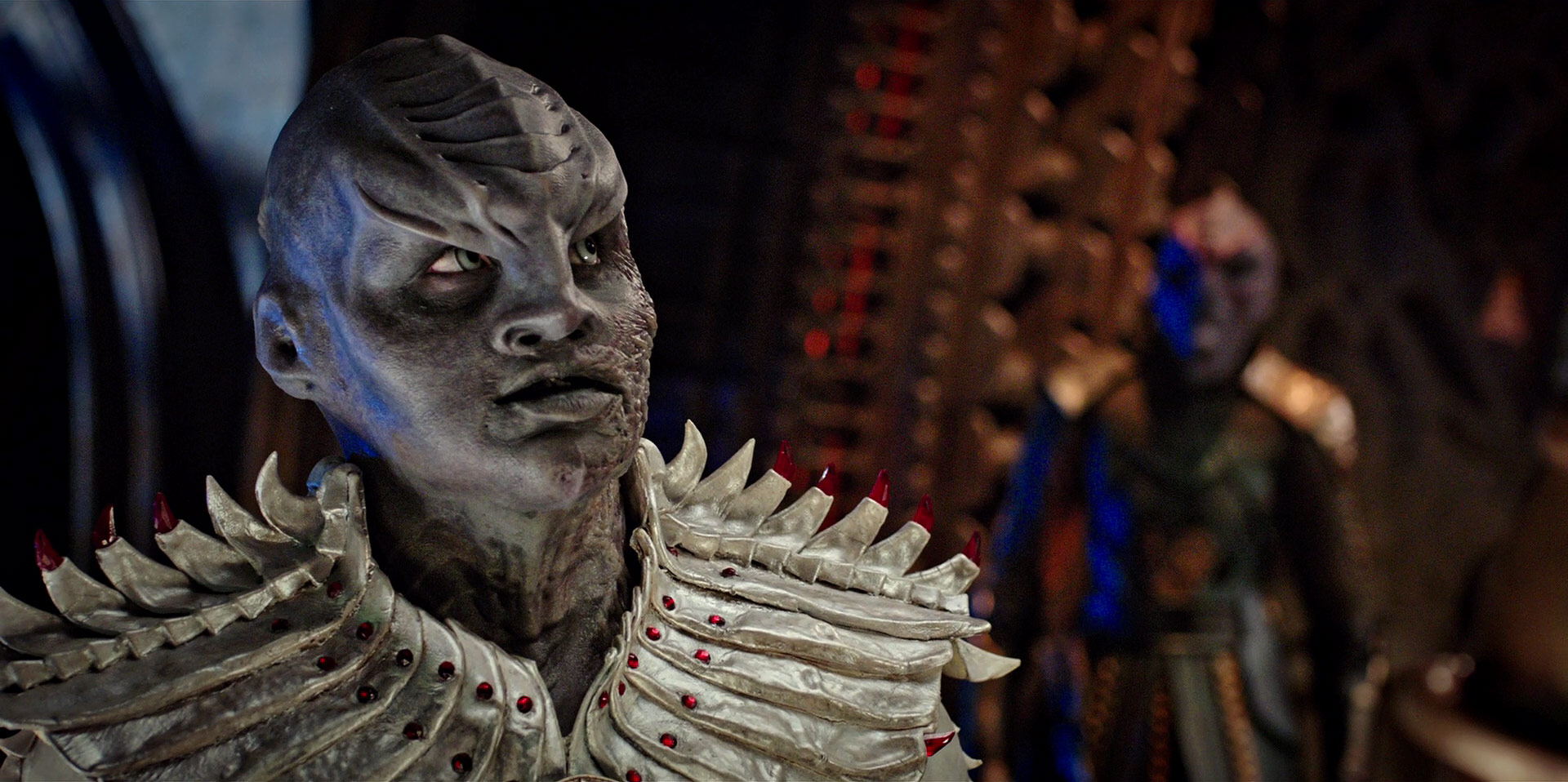
While Star Trek: Enterprise may have brought the franchise into the early days of high-definition television production back in 2001, it’s safe to say that on a technical level, Star Trek: Discovery is the best-looking entry in Trek TV to date — but this Blu-ray release is even a step up from the streaming platforms on which the show regularly lives.
Gone are the video compression effects from CBS All Access’ over-the-top delivery service (an experience which is somewhat improved when watching on Netflix internationally), as the high-capacity discs have the space to allow fine details to become more apparent, and low-light scenes to come out of the shadows a bit — especially the high-contrast lighting of the Terran Empire storyline in the back half of the season.

Depending on a viewer’s network capacity, many of the darkly-lit sequences in Discovery Season 1 could be difficult to make out — especially if your primary CBS All Access delivery device was a phone, tablet, or laptop — and being able to experience the show in its intended high-definition presentation is certainly a step up from the weekly releases.
(With Discovery Season 2’s switch to anamorphic lenses and framing, we are already looking forward to seeing next season get a similar Blu-ray presentation!)
There also seems to be a bit of minor color correction on the Blu-ray masters, as a slight yellow wash has been cleaned out of the image presentation, bringing a more natural look to skin tones, as can be illustrated in this comparison from the season finale:
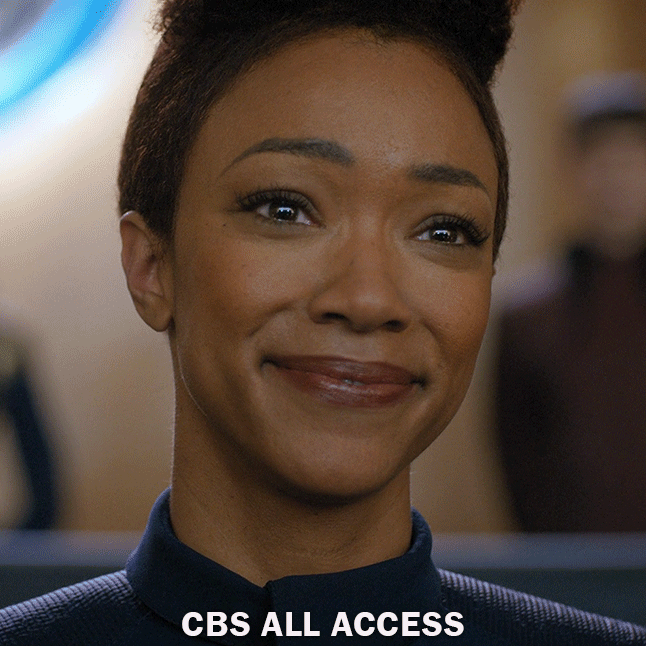
Along with the video improvements, the set also brings English 5.1 DTS-HD Master audio, and a collection of standard foreign language tracks (German, French, Italian, Castilian, and Japanese 5.1 Dolby Digital).
Subtitles are available in English, English SDH, Italian, German, French, Castilian, Japanese, Dutch, Danish, Finnish, Norwegian Swedish, Brazilian Portuguese — and of course, Klingon as well.
Unfortunately, one glaring VFX error from the season finale (“Will You Take My Hand?”) remains in this final presentation of the season: the END SIMULATION graphic seen during the virtual destruction of Qo’noS remains misspelled “SIMULTATION” on Blu-ray.
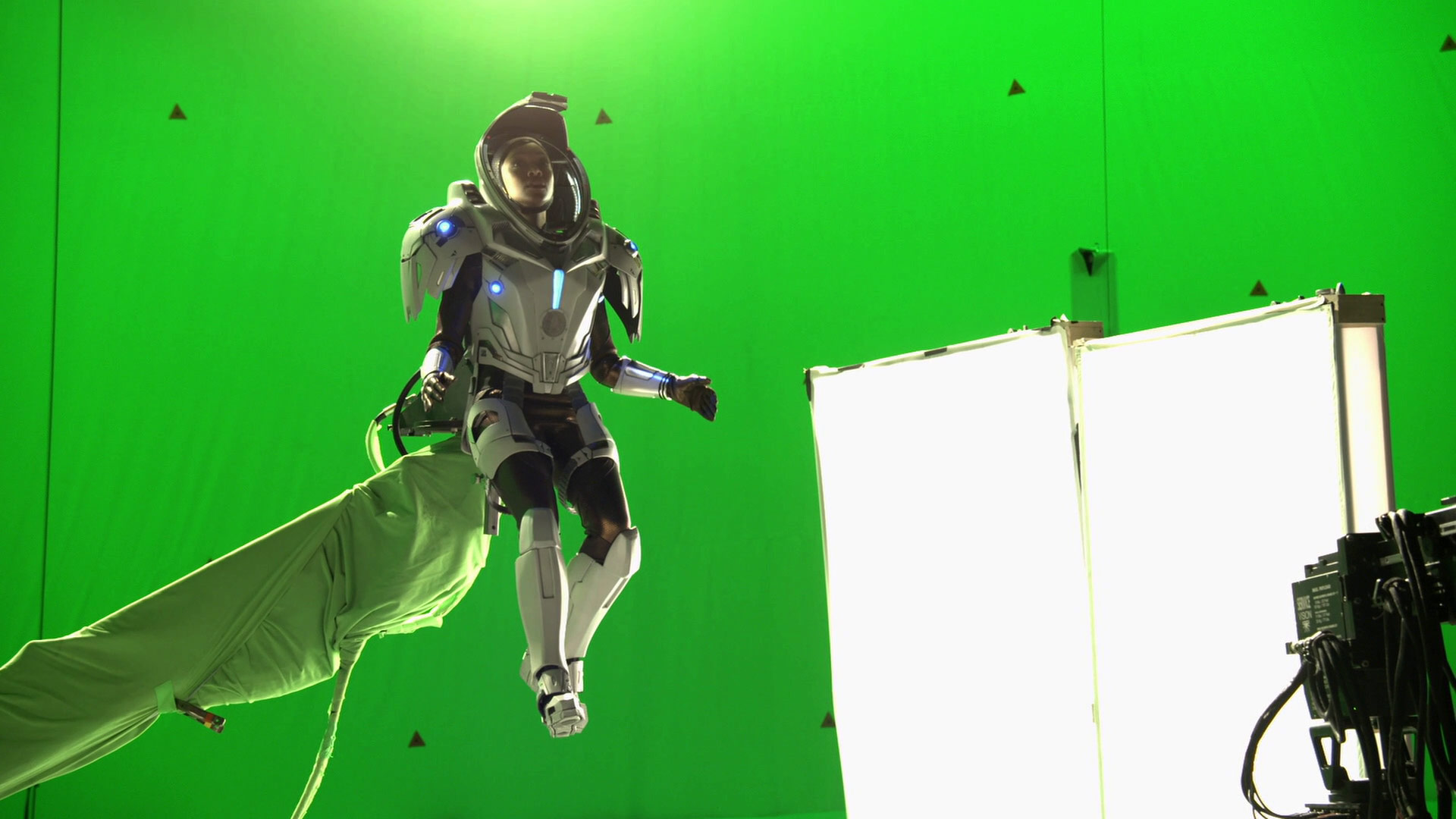
The ten featurettes in the Discovery Blu-ray release cover a wide range of topics, from the filming of the zero-gravity spacewalk in “The Vulcan Hello” to the dining options of the Terran Empire — but with rare exception, the bonus material tends to stay centered around two parts of the season: filming of the two-part premiere (“The Vulcan Hello” and “Battle at the Binary Stars”) and the journey into the Mirror Universe.
Set design, props, and costuming are the main focus of the lengthy features, which unfortunately means there’s little time spent discussing things like filming on location in Jordan or the stunt work needed for the wild fight scenes in “Into the Forest I Go” or “What’s Past is Prologue” — topics addressed briefly in social media posts or After Trek segments.
It took a lot for this fight to look the way it did. This was one of the first run-throughs @SonequaMG and I did. Choreographed by the awesome Hubert Boorder, we still had some kinks to work out. Geoff Meech was an amazing stunt double. It was a pleasure to fight with all of you! pic.twitter.com/P0LJoVTSLI
— Sam Vartholomeos (@SamVartholomeos) February 2, 2018
A great deal of Discovery’s pre-production development came under the eye of long-departed series creator Bryan Fuller, and because of that, much of what you would expect to see in first-season Star Trek documentary content is somewhat noticeably missing, as “the Discovery story” picks up pretty much in tandem with filming on the series pilot episode (which began after Fuller’s departure).
It’s certainly not a surprise that Fuller isn’t part of the story, of course; his tenure on Discovery was plagued by budget overruns and multiple scheduling delays before CBS axed him from the show, so we never expected he’d be personally included here — but it’s a bit of a shame that the months of Discovery design and conceptualization material that were generated under his watch haven’t been made part of the Blu-ray set’s features.
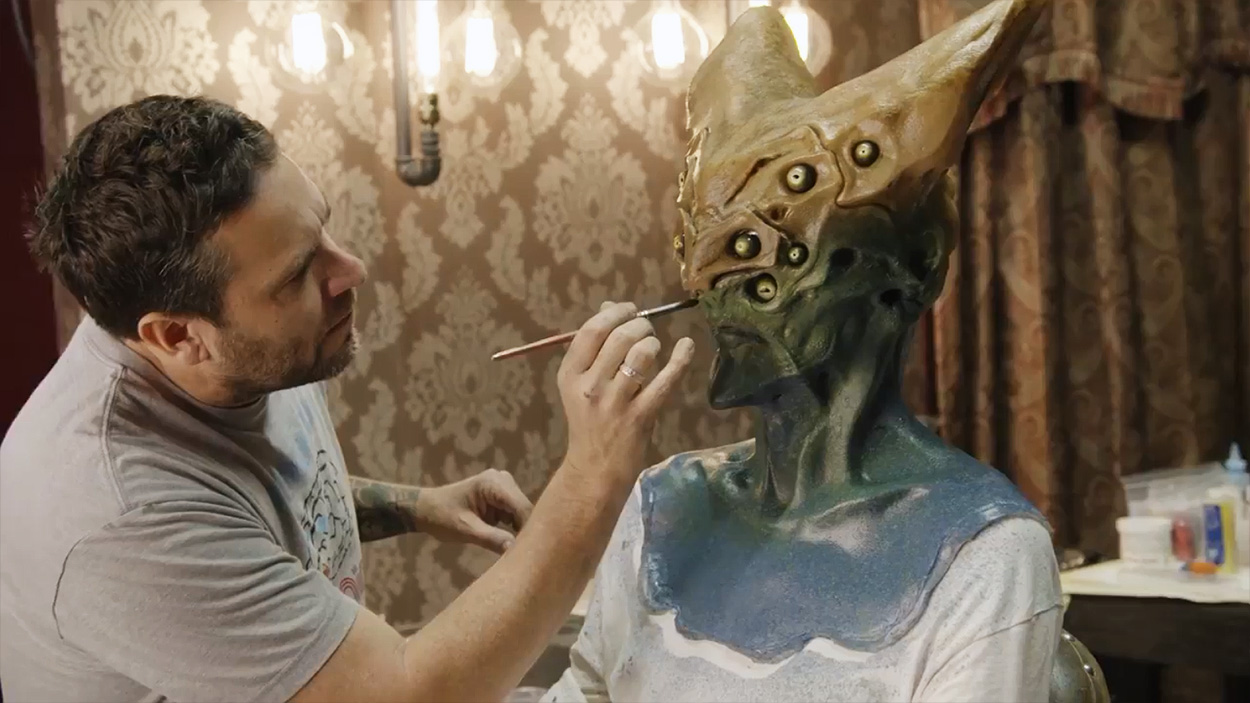
We hoped to see things like the first iterations of Discovery’s Starfleet uniform designs, as described by costume designer Gersha Phillips in her on-disc interviews, or the original look for Saru — an alien who had a ten-eyed, V-shaped head — which was featured on a Facebook Live video back in May 2018 but has been completely excluded from the Blu-ray feature on Discovery’s alien makeup.
The set also lacks any audio commentaries for Season 1’s episodes, which many of us physical media fans always look forward to for in-depth discussions from actors, writers, and directors on television series.
While a few of the show’s writers make appearances in some of the interview features — including Kirsten Beyer, Jordan Nardino, writing pair Bo Yeon Kim and Erika Lippoldt, and (now-departed) Season 1 showrunners Aaron Harberts and Gretchen Berg, there’s also virtually no interview time given to the Season 1 episodic directors, aside from repurposed EPK interviews with pilot director David Semel, and director-producers Olatunde Osunsanmi and Akiva Goldsman. (“Despite Yourself” director and Next Generation veteran Jonathan Frakes appears briefly, but only in B-roll footage.)
That all being said, let’s break down the ten Season 1 features:
Concepts and Casting (16:39)
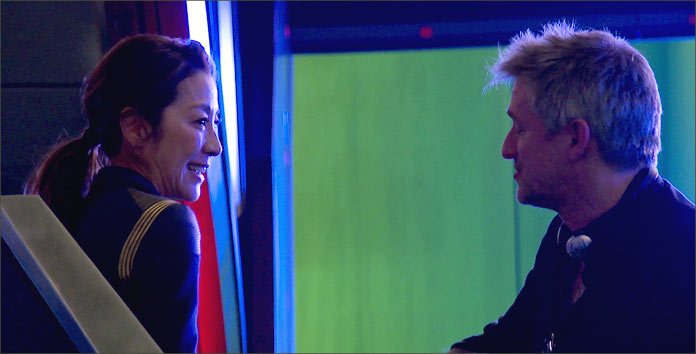
The title of this vignette is pretty misleading — while it does tackle the concepts that birthed the series, it only very peripherally discusses the casting process for the series regulars. Mostly it serves as an unnecessarily long introduction or preview of “The Vulcan Hello.”
· The feature does include some enjoyable clips of the ‘Discovery’ cast meeting fans at the Los Angeles premiere of ‘Discovery’ in September 2017, but not nearly enough.
· The only two casting decisions highlighted in the piece are Sonequa Martin-Green as Michael Burnham and Doug Jones as Saru, but those interviews barely scratch the surface on their casting story. Where is the exploration of bringing Asian cinema superstar Michelle Yeoh or genre veteran Jason Isaacs to the franchise?
Creating the Sound for Discovery (8:06)
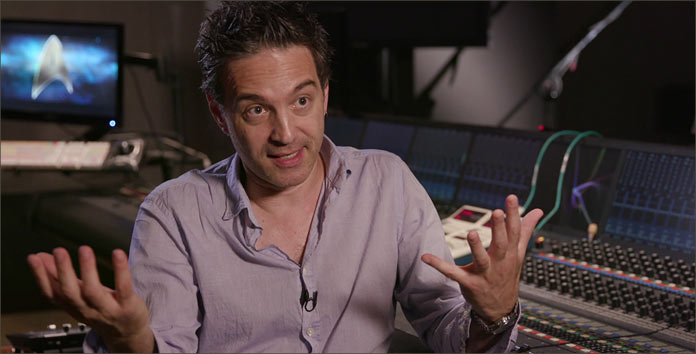
Excellent behind-the-scenes feature that focuses mostly on composer Jeff Russo breaking down his superb opening theme music for ‘Discovery’ note-by-note. The feature makes liberal use of episode clips and music tracks from previous ‘Trek’ episodes, and comprehensively defines Russo’s approach to joining the world of ‘Star Trek.’
· Russo, on his task: “How do you make new what has been done?… Create your own identity but understand your roots. And most importantly stand on your own.”
· In an introduction to the piece, Alex Kurtzman reveals that he is a “soundtrack junkie,” which is one of the reasons he hired Russo.
· Russo name drops three episodes that inspired his ‘Discovery’ work: “Space Seed,” “Mirror, Mirror,” and “The Best of Both Worlds.”
· While not an explicit focus of the featurette, it would have been nice to get some insight into the imagery of the ‘Discovery’ opening credits sequence here as well.
Creature Comforts (15:54)
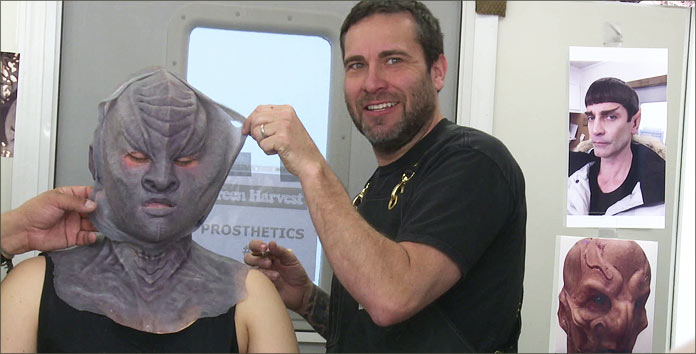
If you are reading this article, we will assume that by now you’ve read and heard about much of the background design process relating to the “reinvention” of the Klingons.
In this solid featurette focused on the show’s creature design, it concisely breaks down how Alchemy Studios, behind make-up and creature design gurus Glenn Hetrick and Neville Page, accomplished that task. The feature also deftly weaves fun looks at Doug Jones (Saru) and Mary Chieffo (L’Rell) being made up and discussing their already iconic characters.
· Page, on the design process: “You’re always asked contradictory things: ‘I want to see something I’ve never seen before, yet it has to be familiar.’”
· Hetrick, on Klingon houses: “We wanted the houses to feel like they’d grown on multiple planets over a long period of time. Each house, in canon, have sort of looked the same. Until now.”
· Hetrick shows his excitement for ‘Star Trek’ and his role in ‘Discovery,’ saying: “You are going to see a lot more of (this) in Season 2 and in the future. We are just getting started!”
Designing Discovery (12:10)
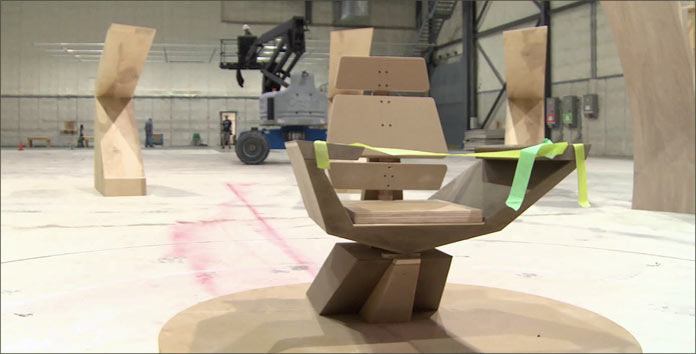
One of the stronger features on the disc, “Designing Discovery” includes comprehensive interviews with production designers Terry Cherniawsky and Tamara Deverell, the first lead women production designer on ‘Star Trek.’
The feature includes dozens of early artist production design renderings of ship interiors and planet sets, including some never before seen. The interviews run the gamut of construction timelines and designing captain’s chairs and view screens, to creating Orion encampments on Qo’noS from scratch.
· Cherniawsky reveals that he handpicked Deverell as his replacement mid-way through the first season.
· On the impressive visual screens seen through the series, Deverell said: “The screens we have, which are actual see-through screens, which is very new, and I think there’s like six of them, and we have them all, in the entire world right now. … I think a lot of people look at them and go ‘It’s visual effects,’ but it’s actually playback that we use right there in the bridge and it makes it bright and beautiful and helps the actors interact with the story.”
· Tamara revealed that in designing the ISS Charon, she originated the idea of the large ship having a mini-sun or moon to power itself “and the writers took that and made it part of the story, which was the kind of thing that is just your dream as a production designer.”
Creating Space (13:07)
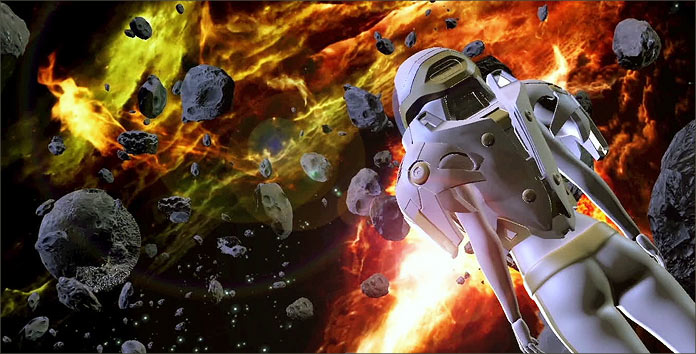
For fans of visual effects rendering and seeing how the most complicated special effects go from idea to reality, this feature is for you. The hefty piece focuses mostly on Michael Burnham’s space walk scene in “The Vulcan Hello,” showing detailed pre-visualization concept art matched up with the final images from the show.
Interviews with episode director David Semel and Visual Effect Supervisor Jason Zimmerman help reveal the mystery of how it was all put together, and an extended interview with Sonequa Martin-Green conveys her usual joy and enthusiasm for the project.
· Martin-Green in interviewed on the historic sets of Paramount, where much of the green-screen sequences for “The Vulcan Hello” were filmed, “I think it’s quite poetic actually, that ‘Next Generation’ and ‘Voyager’ shot a ton of stuff here So, these walls, they could speak to us, and they are going to take good care of us.”
· The piece includes some great aerial shots of Linda Jewell, Martin-Green’s stunt double doing extensive wire work for the episode.
· Martin-Green looks adorable wearing her gold space-walk cap throughout the sit-down interviews.
· Kurtzman reveals the entire space walk scene took 5 or 6 months to design and render, with the goal of putting “the audience inside her experience as she was going through the asteroid field. The sense of a lot of close calls, but mostly this incredible sense of speed and joy and delight.”
Prop Me Up (12:54)
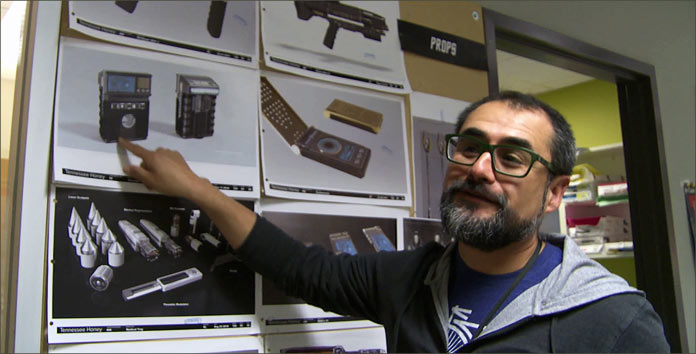
A comprehensive interview with Property Master Mario Moreira, who details the challenges of creating props that they could reverse engineer from their Original Series predecessors with a modern aesthetic. If you want detailed, up-close looks at the show’s myriad of props, this is the feature for you. Everything is here from hand phasers to tricorders to Mirror Universe broad swords.
· Moreira woke up one morning from a dream that inspired him to put uniform ranks on the comm badges.
· The feature includes great close-ups of the design process for holstered Klingon weapons, including the bat’leth, which he discusses in detail as a newly conceived “defensive weapon.”
· In breaking down the Klingon weapons, Moreira reveals that different house have different designs for their hand weapons. “Rather than reinventing the Klingons, we wanted to re-explore the Klingons as a warrior race.”
Feeding Frenzy (6:41)

One of the quirkiest special features ever produced for a ‘Star Trek’ home video release, “Feeding Frenzy” has no introduction, but instead allows you to follow along and draw your own conclusions as ‘Discovery’s’ on set food stylists work to perfect (gulp) the perfect Kelpien ganglia.
· With a focus on the Mirror Universe meal shared by Emperor Georgiou and Michael Burnham, we learn that everything prepared for the actors not only had to look alien, but also be vegan to accommodate for Sonequa Martin-Green’s diet.
A Woman’s Journey (11:14)
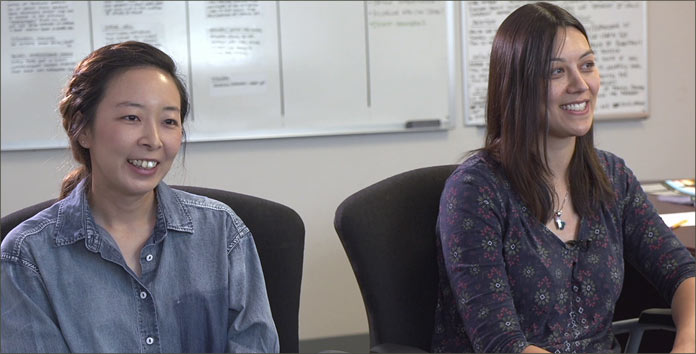
Interviews with many of the women leading the creative charge for the first season of ‘Discovery’ include producers Heather Kadin, Gretchen Berg and Kristen Beyer, as well as executive story editors Bo Yeon Kim and Erika Lippoldt (pictured above), and on-camera performers Michelle Yeo, Mary Chieffo and Sonequa Martin-Green.
Needless to say, this feature props up the diverse storytelling at the center of ‘Discovery,’ perhaps best encapsulated by this quote from Chieffo: “It’s great to have so much nuance within the female characters, that there is not one way to be a strong female character.”
· In her interview snippet, Bo Yeon Kim highlighted the way that Michelle Yeoh’s dynamic presence on the set from the beginning of filming helped inform the way Georgiou would continue to affect character’s like Burnham and Saru throughout the first season.
· Kirsten Beyer discusses her realization during one storyboarding session that for the first time in the history of ‘Star Trek,’ a room of women were exclusively “deciding what the future of ‘Star Trek’ was, with nobody else in the room. It was a unique moment in history, for sure, and I was very much aware of it.”
Dress for Success (21:27)
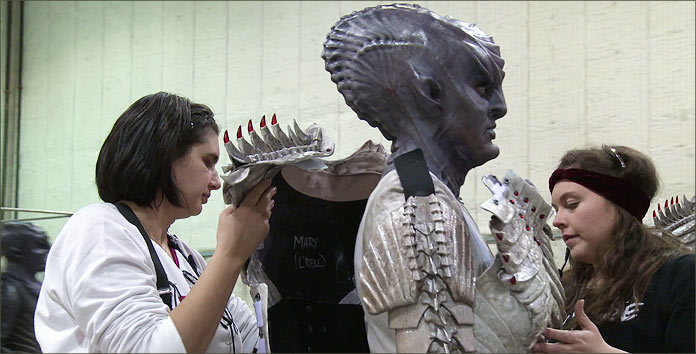
After opening with an interview with Gersha Phillips about some of the inspirations for her Starfleet uniform designs, the featurette spends 12 consecutive minutes on the detailed and painstaking process to build the Klingon armor worn by T’Kuvma and L’Rell…. and by build, we don’t mean detailing the design process — what you might normally expect in this kind of piece, frustratingly missing from this feature — we mean literally 12 straight minutes inordinately going into hyper-specific details on how every seam and ridge in the armor was heated, pleated and molded.
An interesting, if oddly-detailed look into the process that could only make you wonder, as more than a half dozen costumers showcased their role in the armor’s production, is this level of detail worth it? From our end, the answer is “yes,” but we probably wouldn’t argue with you if you said “no.” (It would have been nice to get a similar look at construction on the new Starfleet uniforms.)
· Some fun sound bites from Jason Isaacs are included about uniform creasing when you sit and his inability to eat lunch while wearing the restrictive uniform (“I can’t eat a grape without looking pregnant. … I feel like a balloon animal.”), a toned-down version of the tale told in a bit more risque fashion at Isaac’s Las Vegas convention appearance this summer.
· Mary Wiseman on the Terran Empire uniforms: “Sexy gladiator murder gold. That’s how I would describe that uniform. It’s super fun to wear, you feel very big and broad, but it also feels very slick and slippery when you wear it and I think that echoes what it’s like to be a leader in that universe.”
The Voyage of Season 1 (40:49)
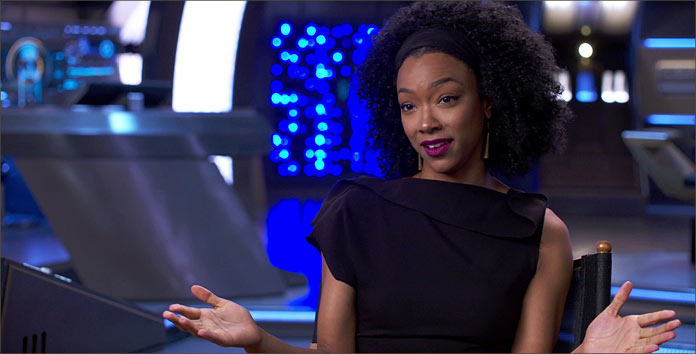
The longest special feature on the disk is a satisfying, but standard, recitation of ‘Discovery’s’ first season, with a few minutes of clips and soundbites dedicated to each episode. This 40-minute feature doesn’t tread any new ground, with most of the interviews focused on character arcs and motivations, but is still a fun way to refresh yourself on the twists and turns throughout the season.
· The only real examination of the relationship between Paul Stamets and Hugh Culber is part of this special feature, with both Anthony Rapp and Wilson Cruz offering their insights into how their partnership was portrayed on screen. The 90 seconds allotted to that storyline is all too brief and deserved more attention across all of the disc’s special features.
· Executive producer Heather Kadin and Rainn Wilson (Harry Mudd) discuss the casting of Wilson, who had excitedly reached out to the producers about getting involved when he heard about the new show.
· The feature includes sit-down interviews with co-executive producers Olatunde Osunsanmi and Jordon Nardino, two creatives behind the scenes who are rarely seen in this capacity.
[td_smart_list_end]
* * *
Also included are a few deleted and extended scenes from across the season, including former-Emperor Georgiou’s recruitment into Section 31, which was first released back in the spring — though a few known cut scenes, like an often-mentioned peace treaty signing filmed for “Will You Take My Hand?,” haven’t been included.
Deleted scenes are an interesting proposition when you are talking about a show that is not bound by the normal constraints of broadcast television running times. Instead of the question related to their inclusion being a decision between “Can we fit it in?” or “Should we fit in?” it almost unilaterally comes down to just “Should we?” And in regards to some of the scenes detailed below, the answer clearly should have been “yes.”
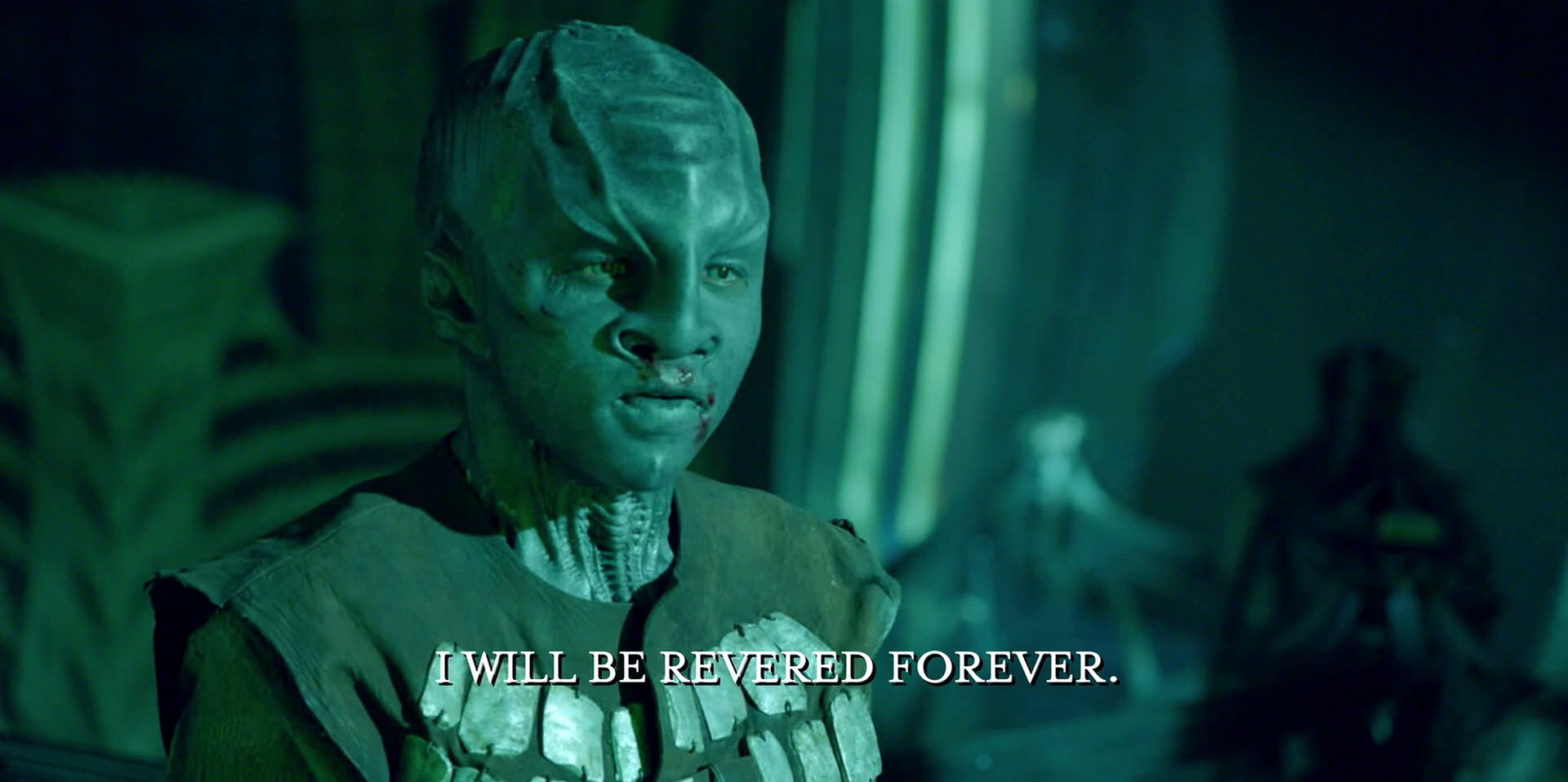
- “Battle at the Binary Stars” (1:25): Young T’Kuvma makes a declaration to his future self to restore the derelict Ship of the Dead ship to glory. This scene helps connect T’Kuvma’s backstory, and the strong performance by Thamela Mpumlwana (playing the young T’Kuvma) speaking Klingon deserves to be seen — but at least a take on this sequence was included in the IDW Light of Kahless comic storyline last year.
- “The Butcher’s Knife Cares Not for the Lamb’s Cry” (2:11): L’Rell kills an ailing Klingon as Voq comforts him with T’Kuvma’s prayer. This sequence adds not only to the backstory of Discovery’s Klingons, but also to the reputation of L’Rell as a Klingon capable of anything. There’s no excuse to not have seen this as part of the finished episode.
- “Choose Your Pain” (2:30): Three snippets of Saru feeling his way into his command role on Discovery include him recording a log entry, overriding a security lockout and receiving applause from his crew after a “job well done” speech. The three scenes feel choppy and out of place, and were wisely cut from the finished product — especially the rather awkward clapping scene on the bridge.
- “Magic to Make the Sanest Man Go Mad” (1:12): Lorca, Stamets and Tilly discuss Burnham’s plan to sacrifice herself to entice Mudd to activate his time crystal one last time. This one is probably the best deleted scene included on the disc, adding an extra level of melancholy to further connect the characters.
- “What’s Past is Prologue” (2:35): The first of two unrelated clips has Lorca freeing his Mirror Universe crewmates from their agony booths on board the ISS Charon; the second clip features a moment where Stamets tells Saru and Cadet Tilly about his interaction with Culber in the mycelial network (to their clear disbelief). Both short scenes add instantaneous depth to the motivations of both Lorca and Stamets, and it’s hard to imagine why they were left on the cutting room floor.
- “Will You Take My Hand?” (2:37): The previously released clip of Section 31 operative Leland (Alan Van Sprang) approaching Mirror Georgiou in her Orion gaming establishment on Qo’noS, a tantalizing preview of what is sure to be a critical storyline in Season 2.
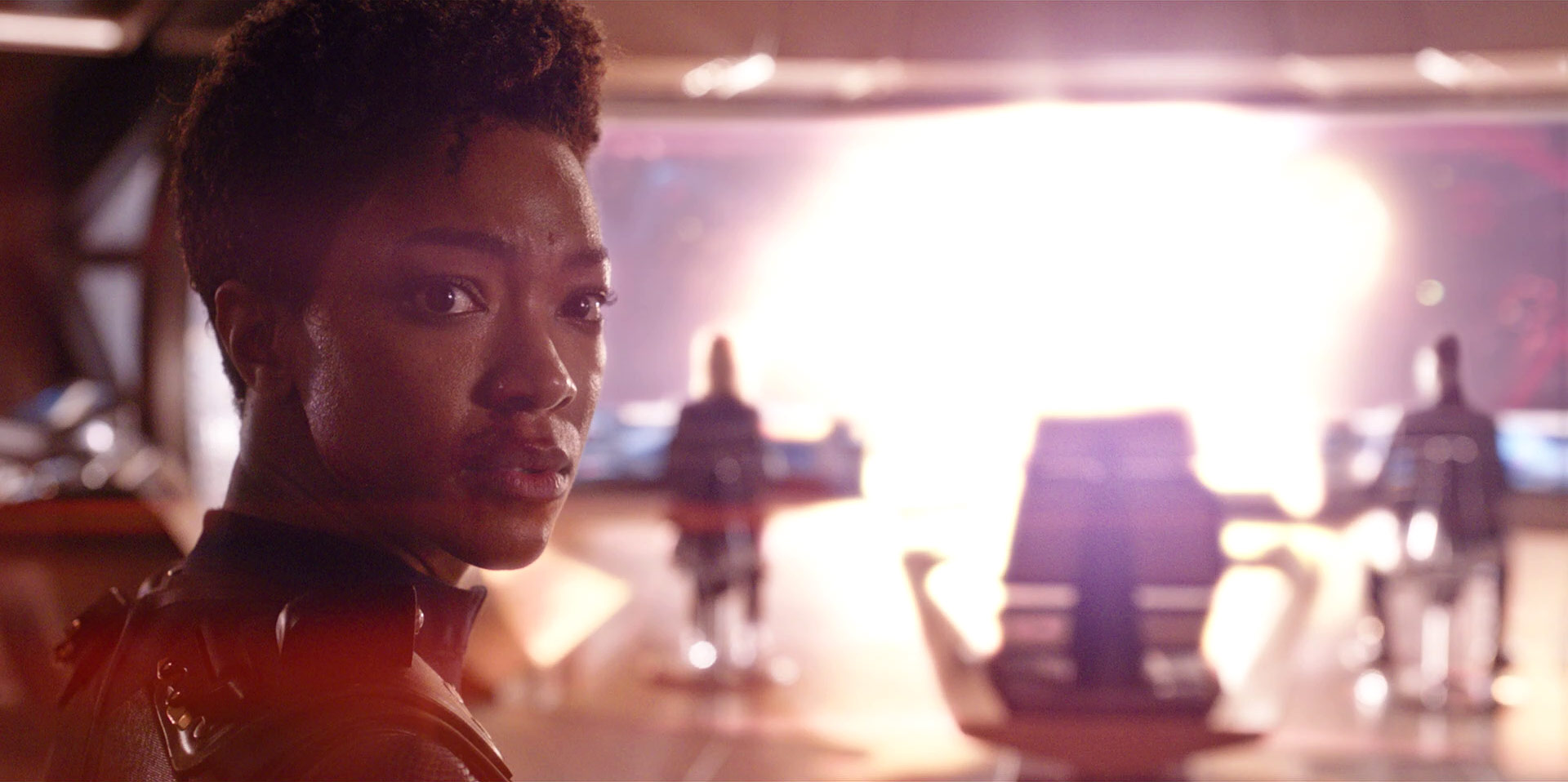
In summation, if you enjoyed Discovery (or if you were holding out for physical release before diving into the show), the Blu-ray release is an easy recommendation to add to your collection.
Though most of the included bonus features don’t go far beyond scratching the surface of behind-the-scenes decisions — perhaps the singular disappointment on this set — the show has never looked better, and you’ll never need to remember if your streaming subscription is still active if you want to revisit the initial adventures of the USS Discovery crew.
If you think Star Trek: Discovery — Season One Blu-ray set is for you, you can order directly through the links below. In the meantime, here’s a selection of season-spanning screencaps of the Blu-ray episodes for you to explore.
 |
 |
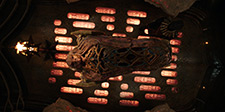 |
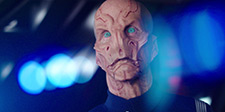 |
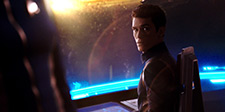 |
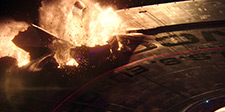 |
 |
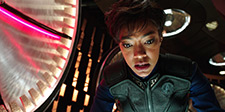 |
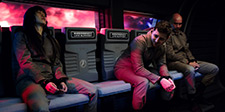 |
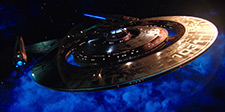 |
 |
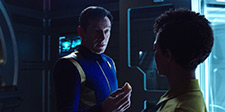 |
 |
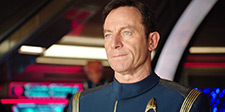 |
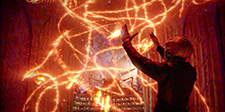 |
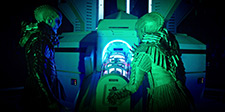 |
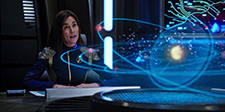 |
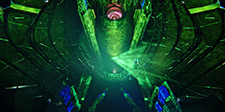 |
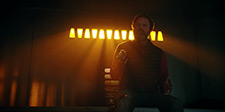 |
 |
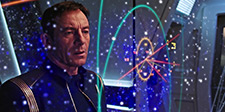 |
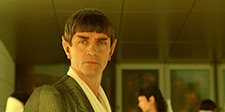 |
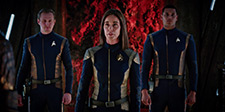 |
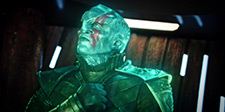 |
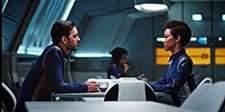 |
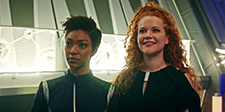 |
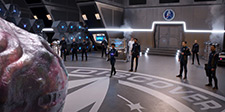 |
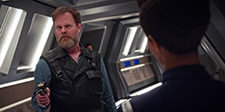 |
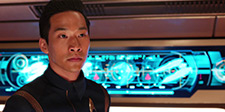 |
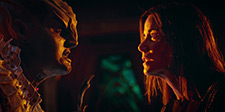 |
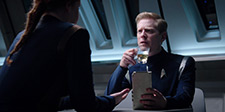 |
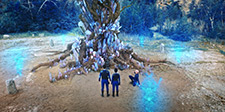 |
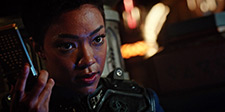 |
 |
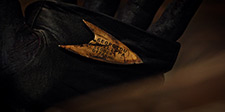 |
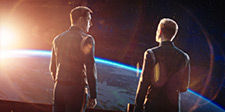 |
 |
 |
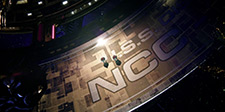 |
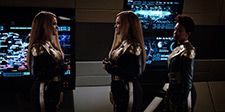 |
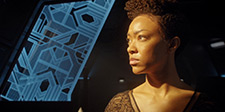 |
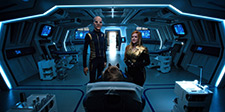 |
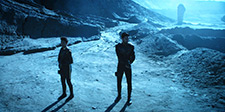 |
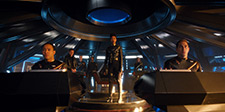 |
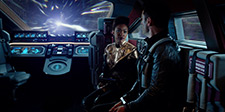 |
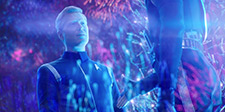 |
 |
 |
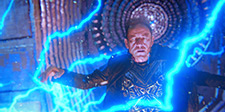 |
 |
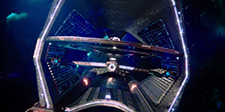 |
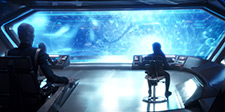 |
 |
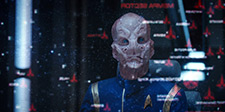 |
 |
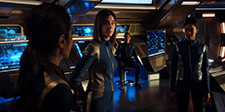 |
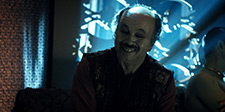 |
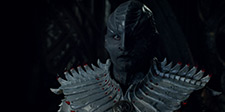 |
 |
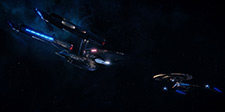 |

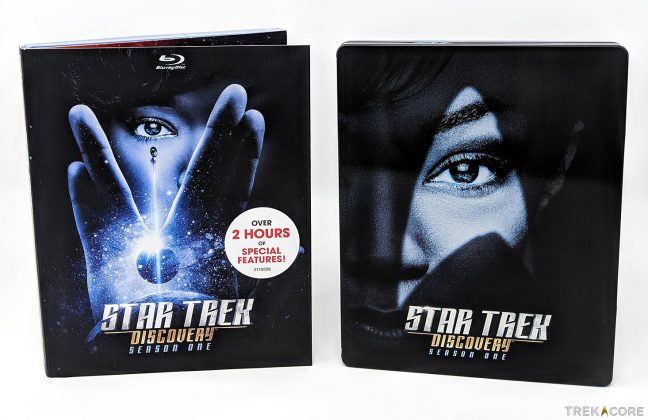
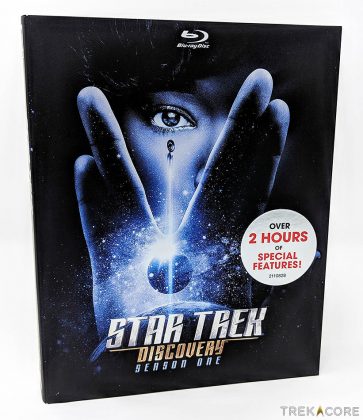
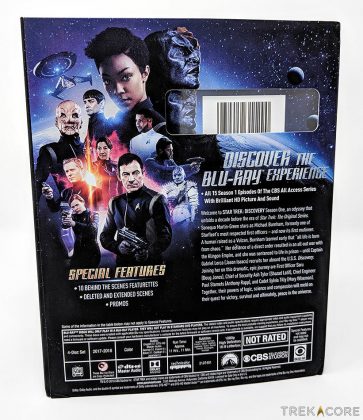
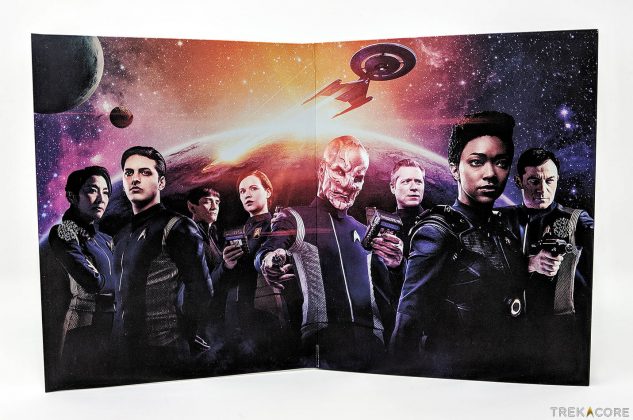
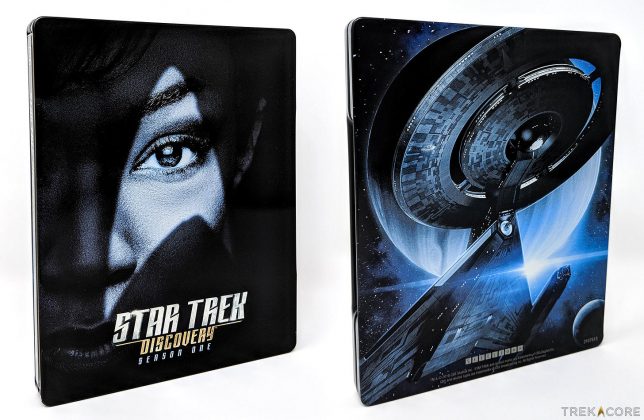
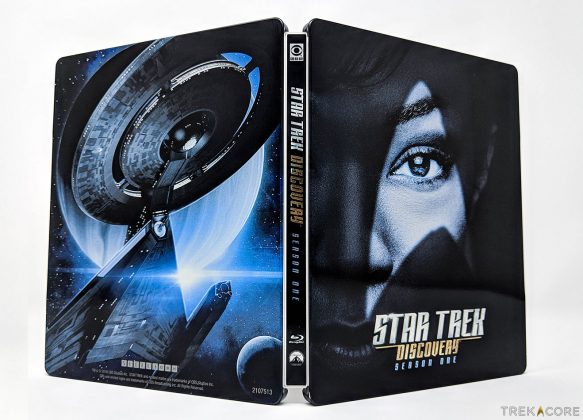
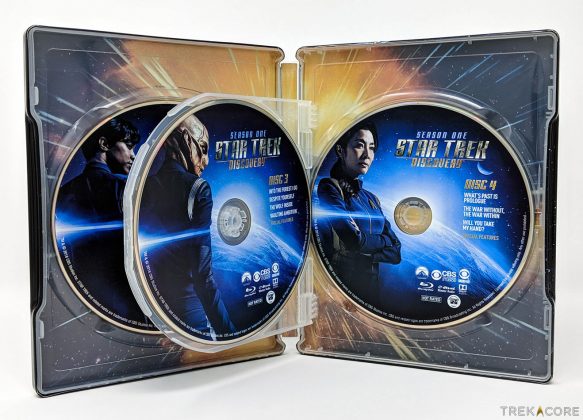
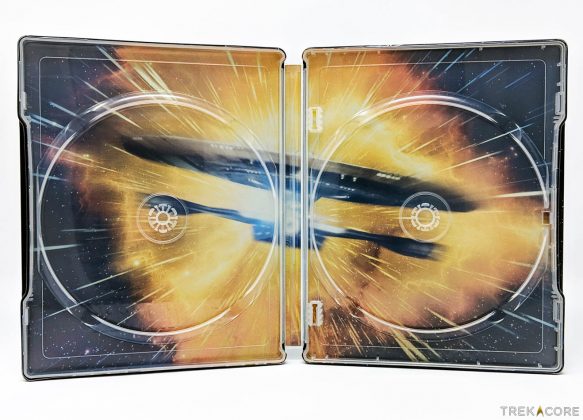
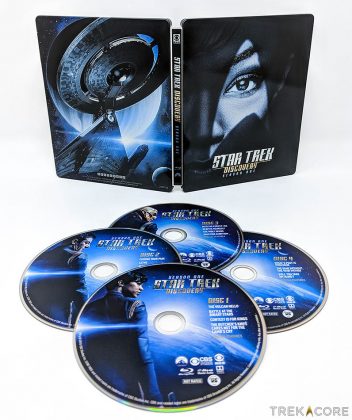
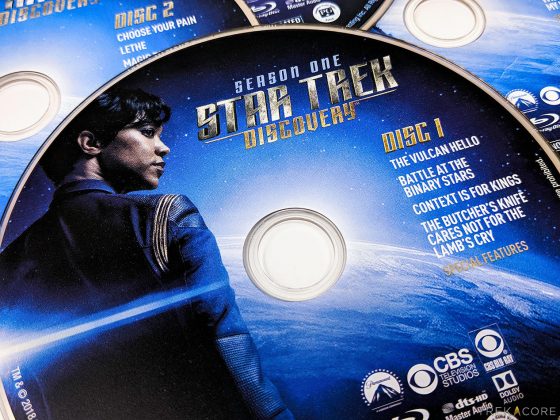
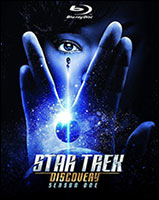 Star Trek: DiscoverySeason 1 Blu-ray
Star Trek: DiscoverySeason 1 Blu-ray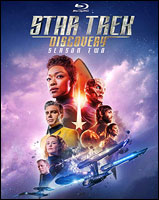 Star Trek: DiscoverySeason 2 Blu-ray
Star Trek: DiscoverySeason 2 Blu-ray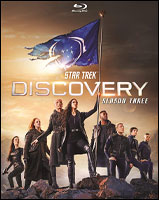 Star Trek: DiscoverySeason 3 Blu-ray
Star Trek: DiscoverySeason 3 Blu-ray